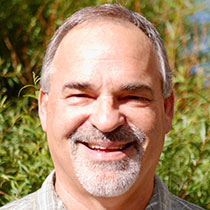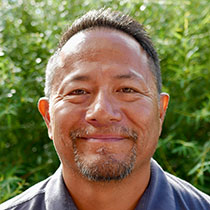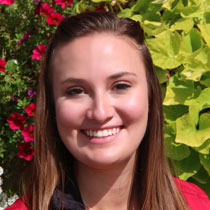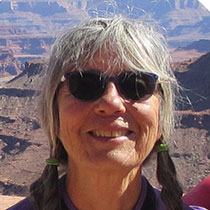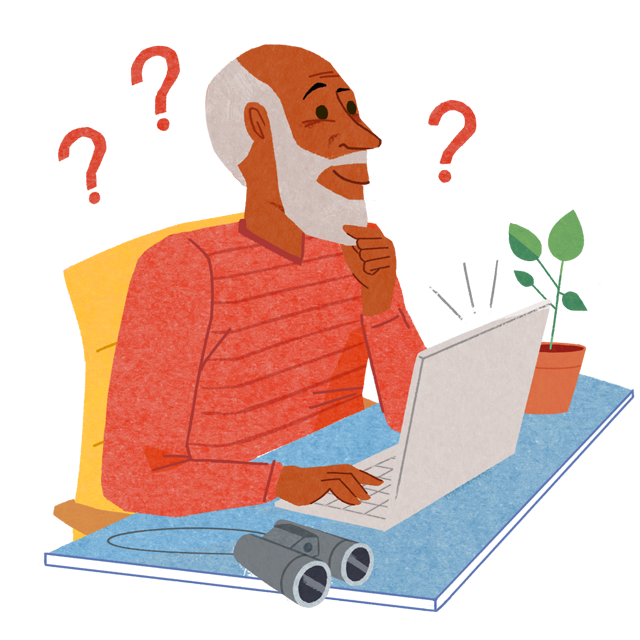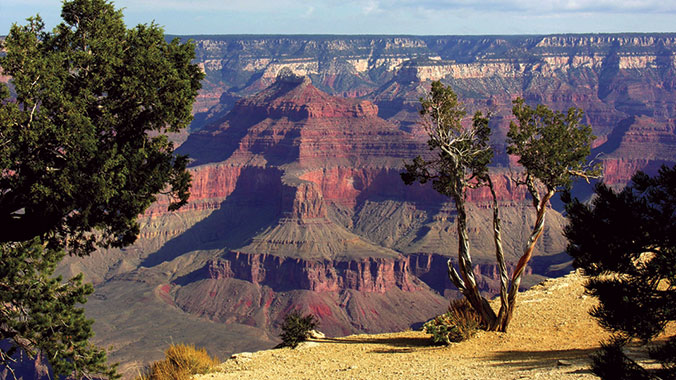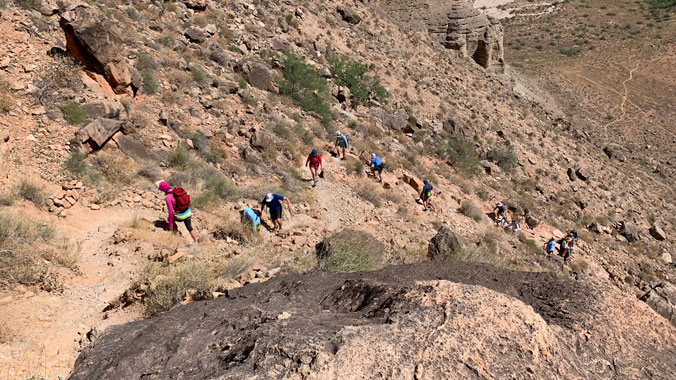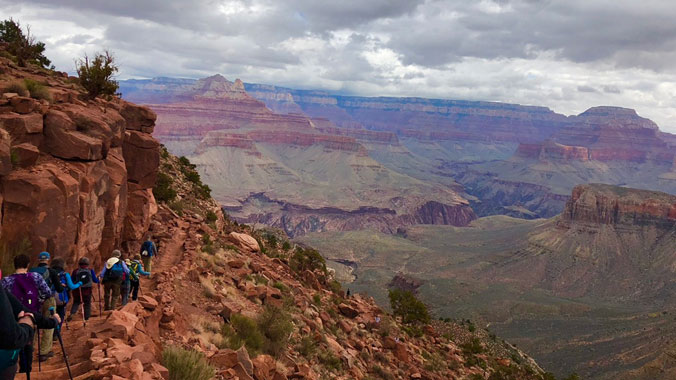Plane
Arrival day is on Sunday, October 19, 2025.
Meet the group at Yavapai Lodge West in Grand Canyon - South Rim
Start of Trip: 3:00 p.m. lodge check-in; 5:00 p.m. Program Registration; 5:30 p.m. Orientation followed by Welcome Dinner.
Your trip ends on: Friday, October 24, 2025 in Grand Canyon - South Rim at Yavapai Lodge West
End of Trip: 8:00 a.m. after breakfast; 11:00 a.m. lodge check-out.
Ground Transportation Options
Program Arrival Airport
Phoenix Sky Harbor (PHX) International Airport (First and Last Day of Program)
The estimated travel time to the check-in location is
5 hours approximately
.
The estimated distance to the check-in location is
240 miles
.
Groome Transportation
Commercial Van/Shuttle
Phone: 8772268060
Cost: Please call Groome Transportation directly for rates.. Prices subject to change.
*Advanced reservations are required.
PROGRAM START: The Groome Shuttle is the FIRST of TWO shuttles required to get from Phoenix Sky Harbor Airport to the Grand Canyon. On the first day of the program, the latest Groome shuttle you can take from the Phoenix airport is the 10:30 am departure, arriving at the Flagstaff Visitor Center/Amtrak by 1:50 pm. From here you will connect with the 2:15 pm Road Scholar van shuttle at the Flagstaff Visitor Center/Amtrak to then take you to Grand Canyon. If you fly into the FLAGSTAFF AIRPORT, the Road Scholar shuttle van will also pick up here for transport to Grand Canyon approx. 1:45 pm ($25 one-way).
PROGRAM CONCLUSION: The Road Scholar shuttle will return you to the Flagstaff Visitor Center/Amtrak station (by 9:10 am) or the Flagstaff Airport. In order to return to the Phoenix airport, we recommend that you book the 9:30 am Groome Shuttle that departs from Flagstaff Visitor Center/Amtrak, with arrival to the Phoenix airport at 12:40 pm. Book your flights accordingly.
Program Arrival Airport
Flagstaff Amtrak / Visitor Center (First and Last Day of Program)
The estimated travel time to the check-in location is
2 hours approximately.
.
The estimated distance to the check-in location is
84 miles.
.
Road Scholar Shuttle
Commercial Van/Shuttle
Phone: 9285232359
Cost: $25 each way.. Prices subject to change.
*Advanced reservations are required.
PROGRAM START: The Road Scholar shuttle is the SECOND shuttle required to get from the Phoenix airport to the Grand Canyon. The Road Scholar shuttle will depart the Flagstaff Visitor Center/Amtrak for Grand Canyon at 2:15 pm on the program's start date only ($25 one way). We will wait for the arrival of the 10:30 am Groome Shuttle from the Phoenix airport, which arrives in Flagstaff at 1:50 pm. To sign up for this shuttle, you MUST email: roadscholaroperations@nau.edu with your name, program number, start date, contact cell number, and number of people in your party. We will send a confirmation email once we hear from you. PROGRAM CONCLUSION: Immediately after your program ends, the Road Scholar shuttle will return to the Flagstaff Amtrak/Visitor Center by 9:10 am in time to connect with the 9:30 am Groome Shuttle to the Phoenix Airport arriving at the airport by 12:40 pm. Book your flights accordingly. The Road Scholar shuttle will then drop off at the Flagstaff airport ($25 one way).
Program Arrival Airport
Flagstaff Amtrak / Visitor Center (Beginning/End of program 6112, 8144)
The estimated travel time to the check-in location is
2 hours approximately
.
The estimated distance to the check-in location is
84 miles
.
Groome Transportation
Commercial Van/Shuttle
Phone: 8772268060
Cost: Please call Groome Transportation directly for rates.. Prices subject to change.
*Advanced reservations are required.
This shuttle option is for those who do not choose to use the NAU Road Scholar shuttle van to and from Grand Canyon on the first and last day of the program. Groome Transportation has 3 daily shuttles from Flagstaff to Grand Canyon and 3 daily shuttles from Grand Canyon to Flagstaff. Mid-day shuttle March-Oct only; subject to change. Departures from Flagstaff Visitor Center and Maswik Lodge in Grand Canyon National Park. Contact Groome Transportation before booking flight to ensure best possible timing. IMPORTANT NOTE: If you transport to Grand Canyon from Flagstaff using Groome Transportation, you will arrive in the park and be dropped off at Maswik Lodge. Your program will be starting and staying at Yavapai Lodge - 2 miles away. You will need to take the free park shuttle bus that stops in front of Maswik Lodge and get off at the "Market Plaza" (Yavapai Lodge) shuttle stop. Meet your coordinator inside of Yavapai Lodge at the specified registration time.
